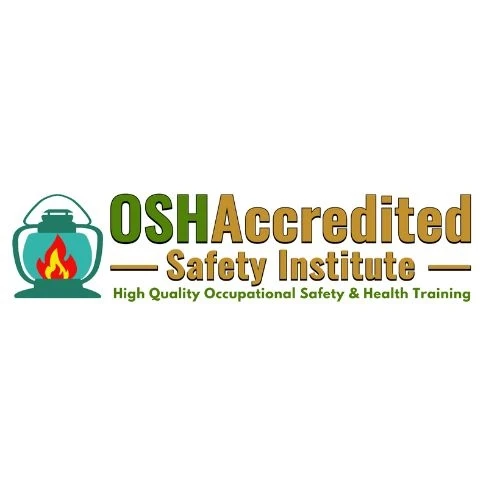In any workplace, the well-being of employees must be a top priority. Accidents, injuries, and health risks can occur if proper safety measures are not followed, which is why effective occupational safety and health training is so important. It not only protects employees but also helps businesses maintain compliance, reduce liability, and create a culture of awareness and accountability.
Understanding the Importance of Training
Health and safety training for the workplace provides employees with the skills and knowledge they need to identify risks, use equipment properly, and follow established safety procedures. Without adequate training, even the most modern safety policies or tools may fail. Training ensures that staff remain informed about regulations, updates in workplace safety standards, and the right ways to respond in emergencies.
Common Practices in Safety and Health Training
1. Identifying Workplace Hazards
A critical step in training is teaching employees how to recognize potential hazards. Whether it’s slippery floors, faulty equipment, or exposure to hazardous materials, hazard awareness helps workers avoid accidents before they occur.
2. Clear Communication Protocols
Effective training programs emphasize communication. Workers are trained to report hazards, near-misses, or unsafe conditions promptly. Supervisors also learn to listen actively and implement feedback, creating a safer workplace environment.
3. Hands-On Demonstrations
Rather than relying solely on written instructions, hands-on demonstrations allow employees to practice safe techniques directly. For example, they may learn how to operate heavy machinery, use personal protective equipment (PPE), or handle chemicals in a controlled environment.
4. Emergency Response Training
Emergencies can happen in any workplace. Training sessions often include fire drills, first aid basics, and evacuation procedures. Workers gain confidence knowing how to respond quickly and appropriately in critical situations.
5. Regular Refresher Courses
Workplace safety is not a one-time effort. Regular refresher training ensures that employees remain up-to-date with regulations, technological changes, and safety advancements. This ongoing approach reinforces good practices and reduces the risk of complacency.
6. Customizing Training by Industry
Different industries face different risks. Training for construction workers will emphasize fall protection and machinery safety, while healthcare workers may focus on preventing exposure to infectious diseases. Tailoring training to each workplace ensures relevance and effectiveness.
The Role of Technology in Safety Training
Modern safety training increasingly incorporates technology to enhance learning. Virtual reality simulations, e-learning modules, and interactive workshops provide employees with engaging and realistic experiences. This digital approach not only improves knowledge retention but also allows workers to practice safely before applying skills in real-life scenarios.
Building a Culture of Safety
Beyond rules and procedures, effective Health and safety training for the workplace fosters a mindset where every employee takes responsibility for safety. When workers understand the impact of their actions, they become proactive in identifying risks and protecting both themselves and their colleagues. A strong safety culture boosts morale, reduces absenteeism, and improves overall productivity.
Final Thoughts
Strong practices in Health and safety training for the workplace protect employees, support compliance, and contribute to a healthier workplace culture. Businesses that invest in proper training see long-term benefits in safety, productivity, and employee confidence. At OSHAccredited Safety Institute, organizations can access high-quality training programs designed to meet industry standards and ensure a safer workplace for all.


